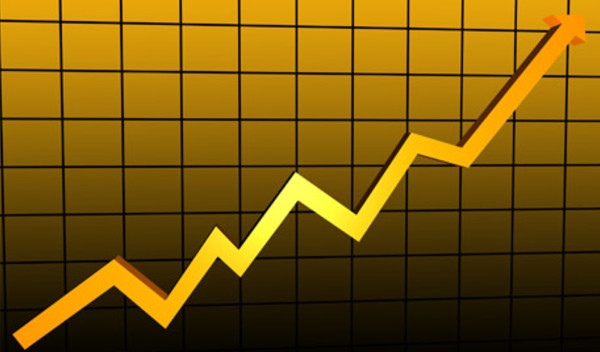

Over a year ago, Warren Buffett, arguably the world’s most famous stock picker, surprised the investor community by revealing that, in his will, he advises his wife not to bother with active managers and instead to place the entire estate in a simple portfolio of low-cost index funds.
He explained that, in his view, a passively-managed investment strategy would deliver better results in the long-run than those achieved by most investors – whether individual or institutional – who use high-fee active managers.
In leaving this advice to his spouse, Mr Buffett underlined the two key principles underpinning the passive investing philosophy. First, it is tremendously difficult to find an active manager who truly delivers on a consistent basis. And second, cost, which, let us not forget, is the only constant certainty when investing and the single most important factor eroding a portfolio’s long-term returns.
Judging by recent trends, Mr Buffett’s advice has been taken to heart by the wider US investor community. Over the past year, close to 90 per cent of net new money in investment funds in the US was directed to passively managed vehicles. Although not to the same extent, the trend is also evident in Europe. Over a quarter of net new money went to passive funds in the first quarter of 2015.
The case for passive investing is theoretically sound. But these high-growth figures would not have been possible had it not been for the arrival of exchange traded-funds. While traditional mutual fund trackers had already been available for decades, they had failed to ignite much enthusiasm. Choice was very limited and, in many cases, the management fees did not differ sufficiently from those levied by active managers. By contrast, ETF providers, with their bold low-cost pricing strategy and, above all, their willingness to offer comprehensive exposure to most asset classes, truly set the basis for what some describe as the passive investing revolution.
From its humble beginnings in the 1990s, ETFs are now a US$3trn (£1.9trn) world industry; recently surpassing hedge funds. The US leads the way, accounting for three quarters of that figure. The European ETF industry – a late developer in comparison to its US counterpart – has only truly blossomed over the past decade, with assets under management already over US$500bn (£322bn).
Over the first four months of 2015, European-domiciled ETFs have attracted Euro 34.7bn (£24.8bn) in net new money. This is a figure more akin to the full calendar-year results the industry had us accustomed to. If this trend continues, annual investment in ETFs will set a new record high.
There are already some 2,000 products – including both ETFs and their close cousins exchange traded commodities – on offer in the European market. Of these, close to 1600 are listed on the London Stock Exchange.
They span across the main asset classes and offer easy access to all sorts of exposures - from the mainstream to the finely tuned and highly exotic. It is no exaggeration to say that ETFs have democratised investing, bringing down the barriers that kept certain asset classes out of bounds to all but the savvier of institutional investors.
ETFs do this by tracking standard indices, as well as benchmarks that incorporate factor tilts in a bid to replicate the investment strategies pursued by active managers (that is, strategic – also known as ‘smart’ – beta). There is also a growing number of ETFs that incorporate currency hedges to address the issue of foreign exchange volatility. Meanwhile, in the realm of fixed income, it is possible to buy products with in-built interest rate hedges that aim to shield returns from the variations in the monetary policy cycle.
It is this remarkable level of choice in terms of market exposure – not to mention the low-cost nature of the vehicle – that makes ETFs so appealing to investors, and in particular, investment portfolio builders.
At this stage, ETFs in Europe are mostly used by institutional investors. Their usage within portfolios is varied and very frequently in tandem with actively-managed funds. Some investors take strategic buy-and-hold positions on common market exposures (for example, UK or US large-cap equities) in a clear bid to cut portfolio maintenance costs, while others prefer to focus on the ETFs’ ability to offer very finely-tuned exposures in order to meet short-term tactical asset allocation needs. Increasingly, ETFs are also being used as substitutes to futures for cashflow management purposes as the latter suffer from a distinct lack of truly liquid contracts.
Nowadays it is perfectly feasible to build comprehensive investment portfolios entirely with ETFs. In fact, a number of practitioners in the UK are already doing so, offering low-cost pre-packaged solutions to suit the varying needs of investors. At a time when the government is asking us all to take increased responsibility for our finances – in particular as it pertains to funding our retirement – the lure of low-cost comprehensive investment solutions such as ETF managed portfolios can only be expected to grow. In fact, this could be instrumental in spreading the use of ETFs among the European retail investor community, which, by contrast to their US counterpart, remains largely unaware of the existence of these financial products.
Jose Garcia-Zarate is senior ETF analyst of Morningstar Europe



